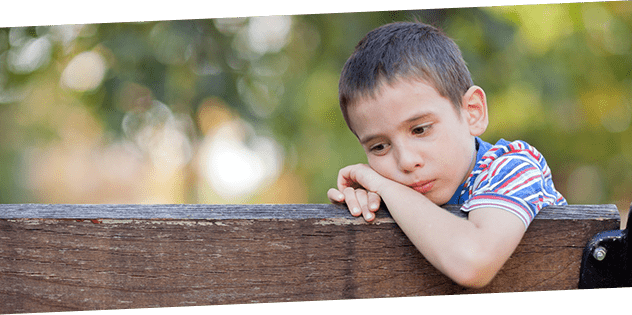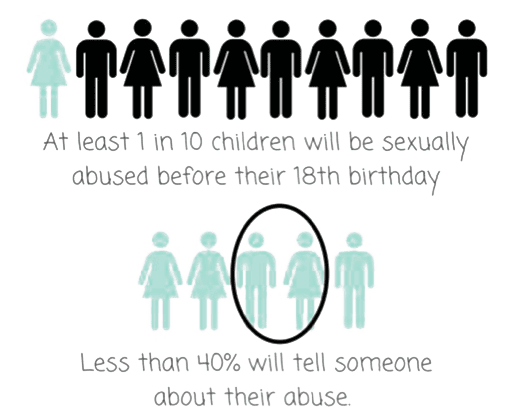Child abuse can take place anywhere—at home, school, public places—wherever a child goes or interacts with others. It can take several forms, and cause long-lasting scars on the body of the child, as well as the mind. Child abuse can present itself in many forms. Some signs are not obvious or visible.


Types of Abuse
Physical abuse of a child is when an adult causes non-accidental injury or harm to a child.
28.3% of adults report being physically abused as a child.
Sexual abuse occurs when an adult uses a child for sexual purposes or involves a child in sexual acts. It also includes when a child who is older or more powerful uses another child for sexual gratification.
20.7% of adults report being sexually abused as a child.
Psychological Maltreatment is when a caregiver harms a child’s mental or social development, or causes severe emotional harm. While a single incident may be abuse, most often emotional abuse is a pattern of behavior that causes damage over time.
10.6 % of adults report being emotionally abused as a child.
Neglect is when a caregiver does not give the care, supervision, affection and support needed for a child’s health, safety and well-being.
Important Facts
of victims seen by North Dakota CACs knew their abuser.
of cases seen by North Dakota CACs involved child sexual abuse.
of children seen by North Dakota CACs were under the age of 13.
people each year are served by ND CAC’s.
of abused or maltreated children fit the medical criteria for Post-Traumatic Stress Disorder.
Both the stress of abuse and the lack of stimulation that comes with neglect impede the normal development of the child’s brain.
But There Is Hope
felt that the CAC facilitated healing for the child and the caregiver.
Felt the CAC approach results in more collaborative and efficient case investigations.
Felt that the services they received from the CAC had been helpful to them and their child.
Felt that if they knew anyone else who was dealing with a situation like the one their family faced, they would tell that person about the center.
